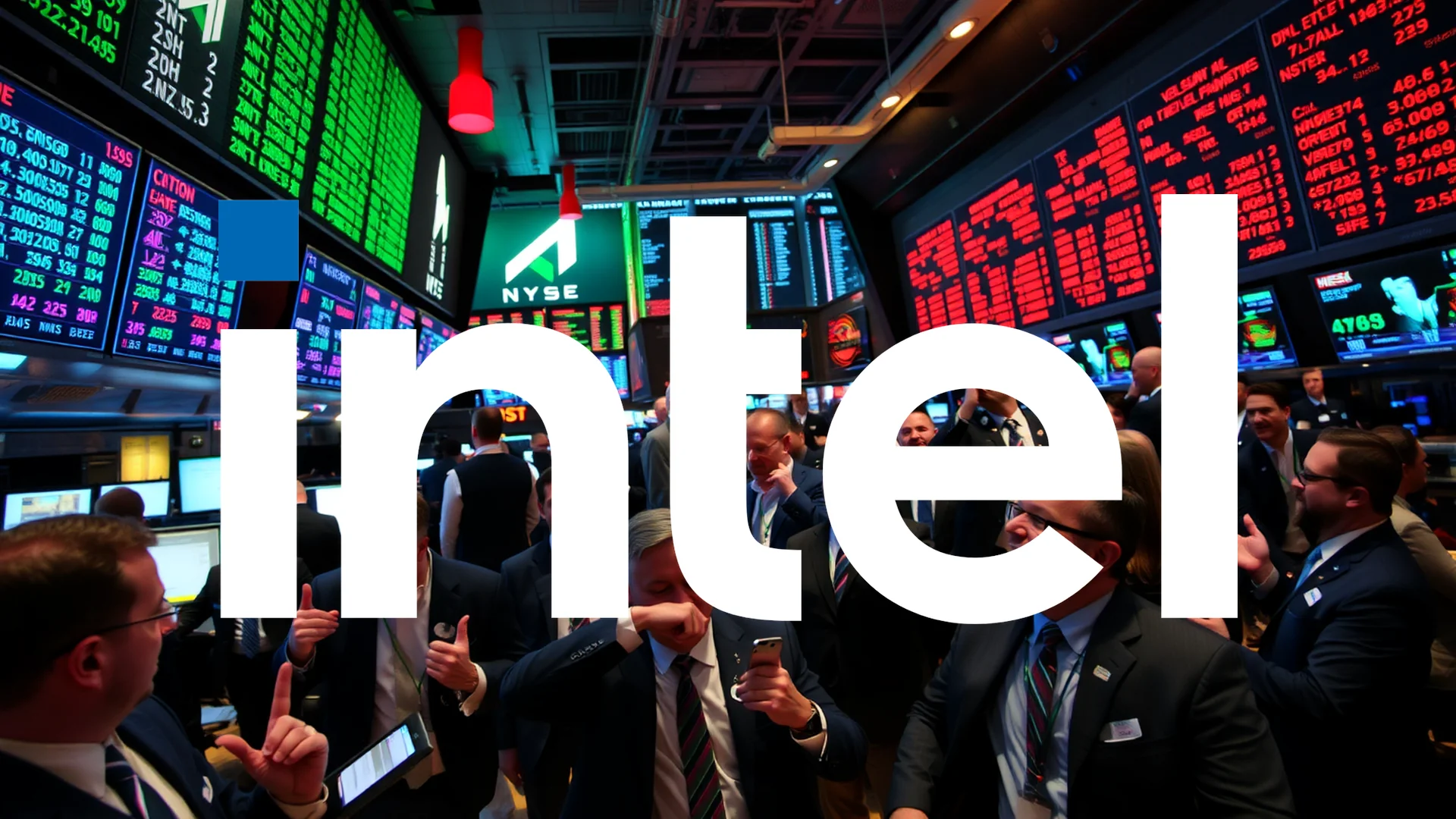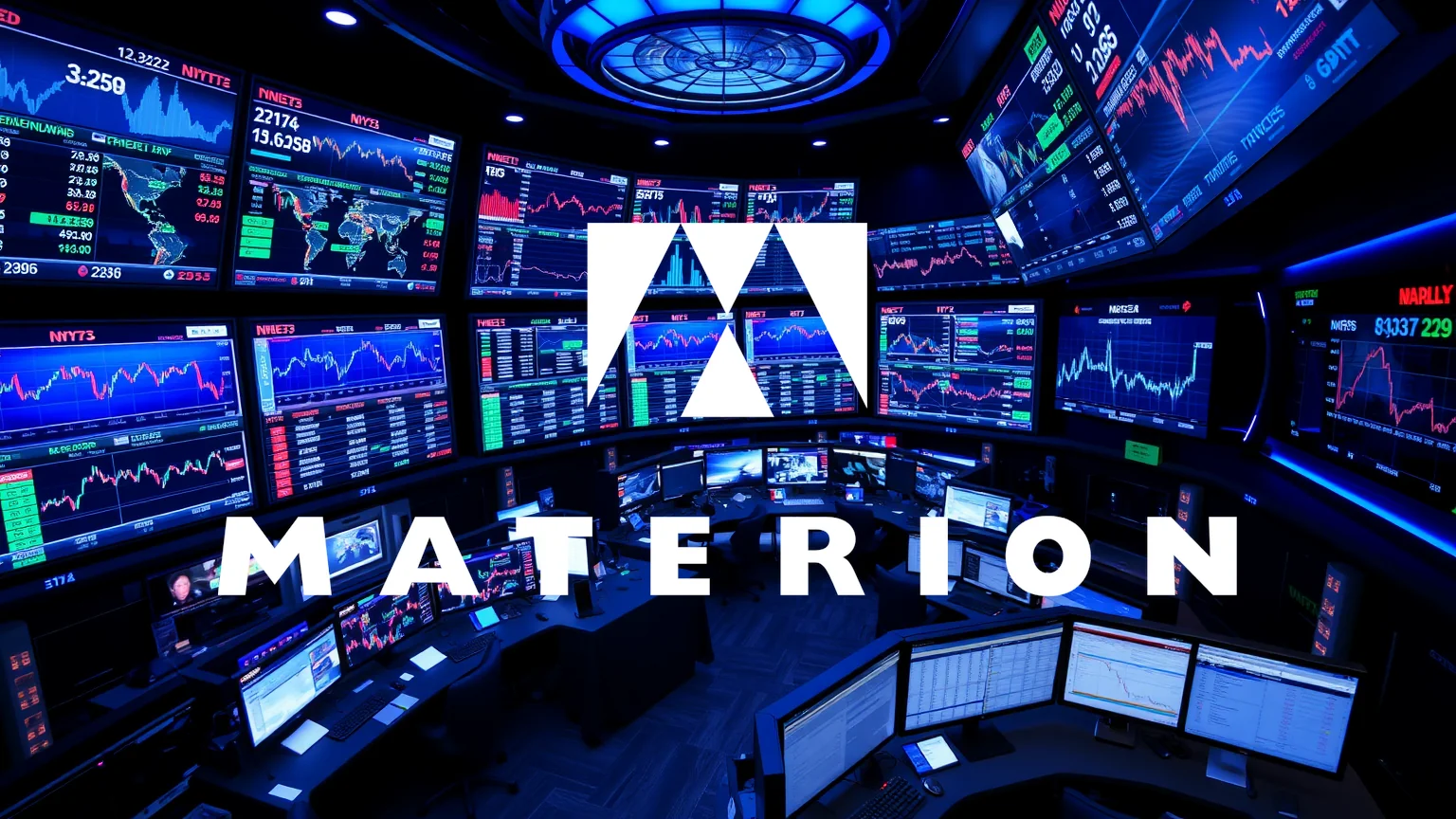The American semiconductor titan Intel is navigating the most severe crisis in its corporate history. In a dramatic dual announcement, the U.S. government has committed to an $8.9 billion capital injection for the beleaguered chipmaker, while the company itself has unveiled plans to eliminate 15% of its global workforce. This juxtaposition of a massive bailout and a radical restructuring plan raises a critical question about the company’s future trajectory.
A Landmark Bailout with Potential Pitfalls
In an unprecedented move to bolster domestic semiconductor production, the U.S. government will acquire a 9.9% stake in Intel for $8.9 billion. This substantial financial support is designed to shore up a key player in the nation’s critical chip industry. However, market analysts caution that this deep state involvement carries significant risk. There are concerns that such substantial government ownership could deter international customers, potentially placing further pressure on Intel’s sales in an increasingly competitive global market.
A Drastic Restructuring Plan Unfolds
Running parallel to the state aid is a severe cost-cutting initiative. Intel will reduce its headcount by approximately 25,000 positions, a cut that impacts nearly one in seven employees. This workforce reduction is not limited to general staff; a shake-up within the senior leadership is also underway. Key managers are departing, with new executives being brought in, particularly to reinvigorate the data center and custom chip business units, areas seen as vital for a turnaround.
The necessity for such drastic measures is underscored by the company’s latest financial results. For the second quarter of 2025, Intel reported revenue of $12.9 billion. Despite this sizable figure, the company posted a net loss of $2.9 billion. Its profit margins have contracted severely, and operational profitability has dipped into negative territory.
Should investors sell immediately? Or is it worth buying Intel?
The Foundry Strategy: A Calculated Gamble
At the heart of Intel’s recovery plan is an aggressive push into the foundry business, where it aims to manufacture chips for other companies. The strategy hinges on the successful development and deployment of its new process technologies, dubbed 18A and 14A, to directly compete with established industry leaders like Taiwan’s TSMC. To conserve capital for this ambitious endeavor, the company has halted planned factory construction projects in Germany and Poland.
Despite a brief share price recovery observed in August, Intel’s stock remains entrenched in a pronounced long-term downward trend. The recent quarterly figures highlight a core dilemma: while top-line revenue surpassed market expectations, the company’s adjusted earnings per share remained negative. This disconnect points to a fundamental and persistent challenge to its competitive standing.
The confluence of multi-billion dollar government support and a brutal internal restructuring places Intel at a critical inflection point. The company is betting everything on a high-stakes strategy that will either mark its dramatic rebirth or signal its irreversible decline.
Ad
Intel Stock: Buy or Sell?! New Intel Analysis from December 19 delivers the answer:
The latest Intel figures speak for themselves: Urgent action needed for Intel investors. Is it worth buying or should you sell? Find out what to do now in the current free analysis from December 19.
Intel: Buy or sell? Read more here...












